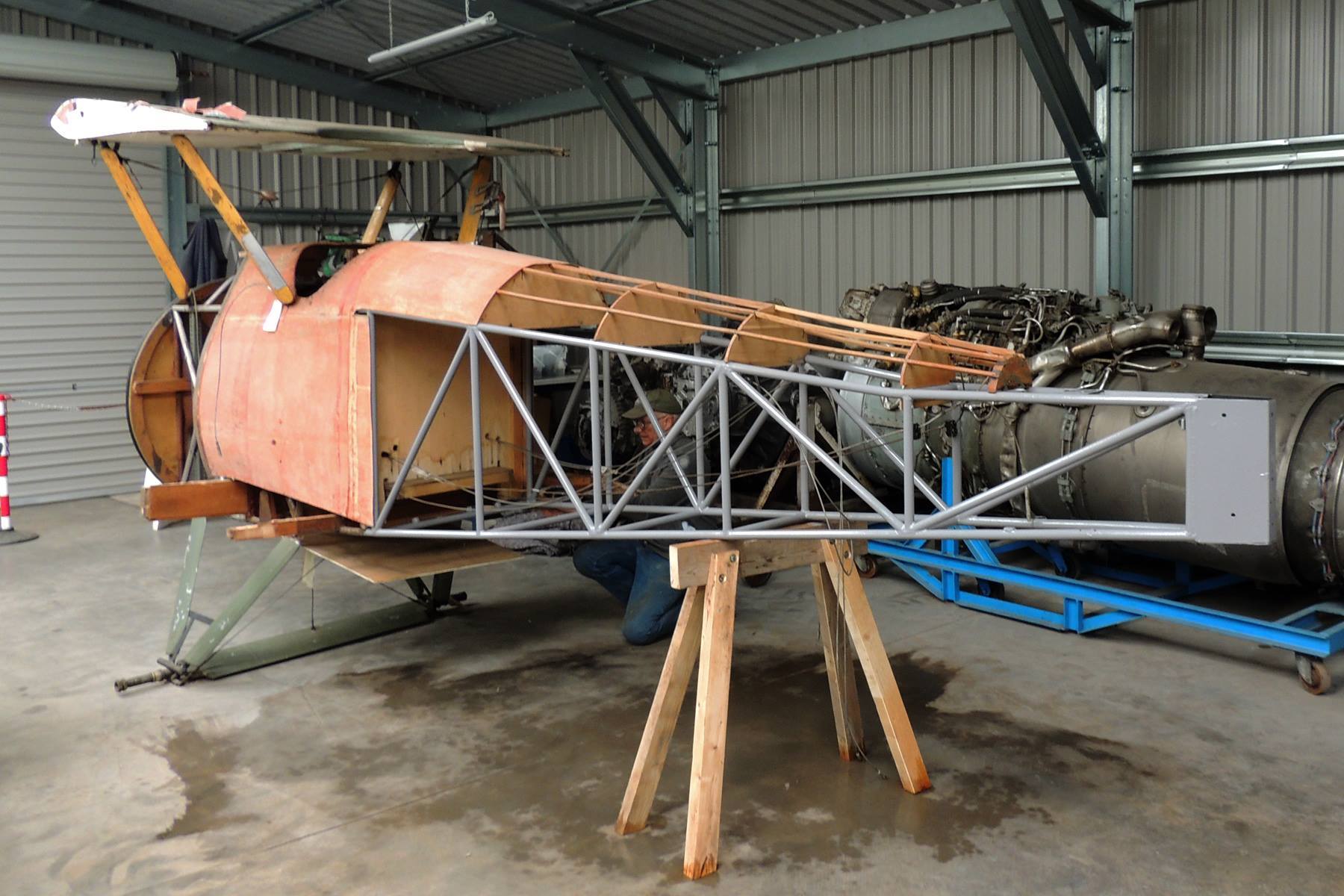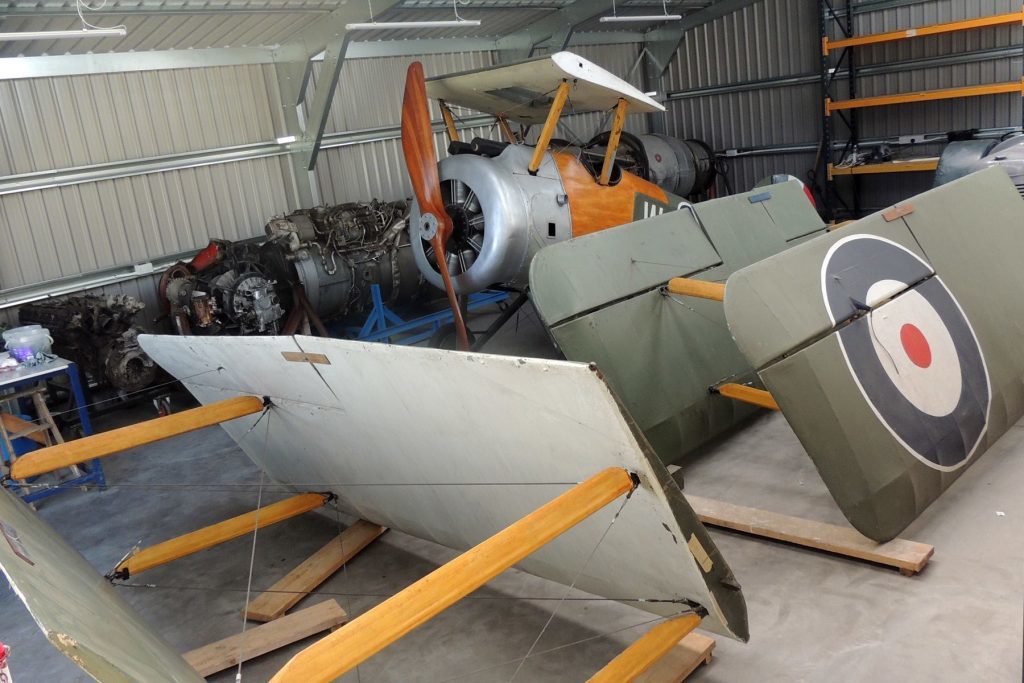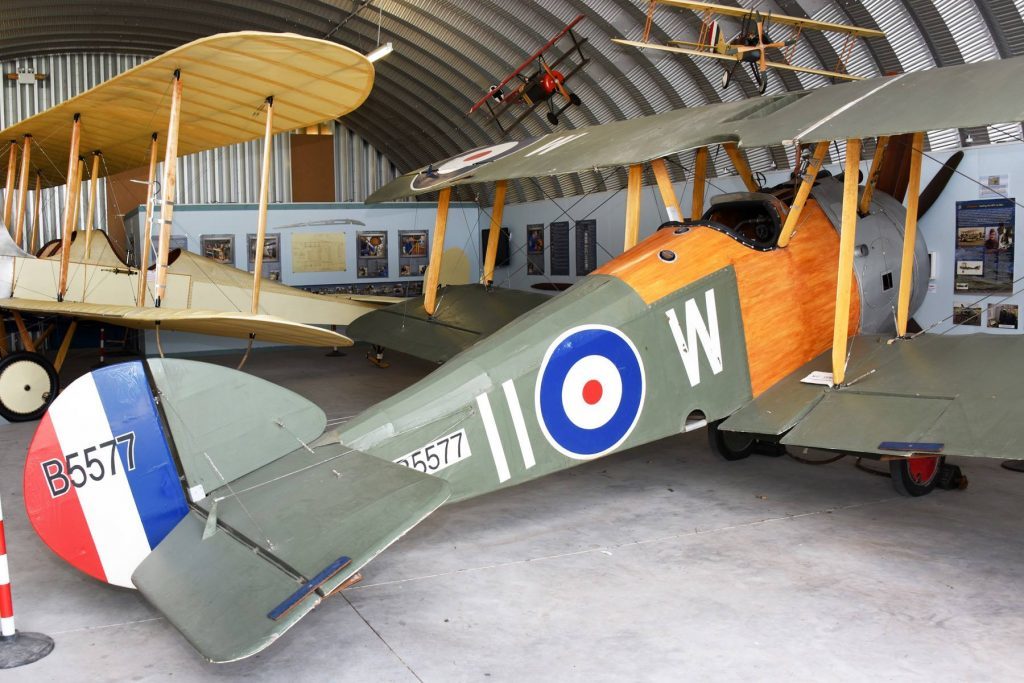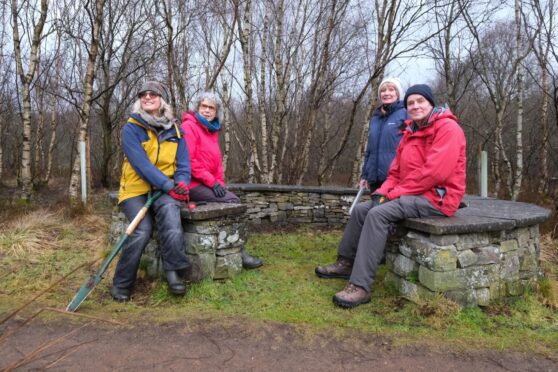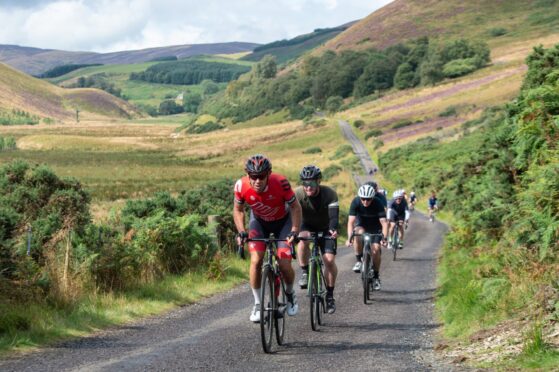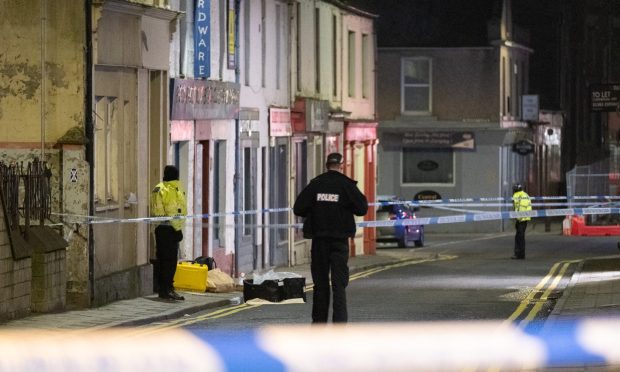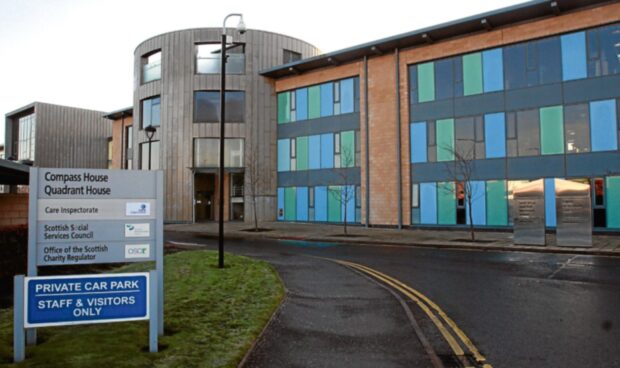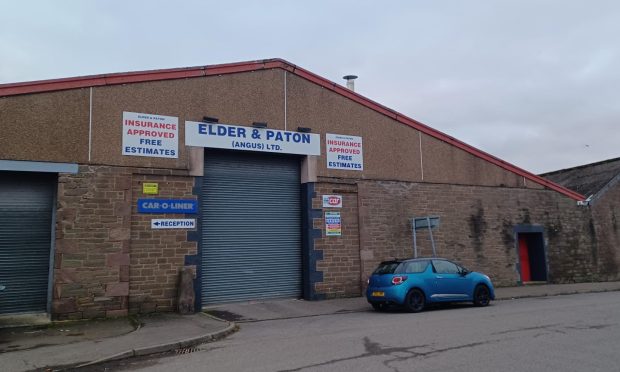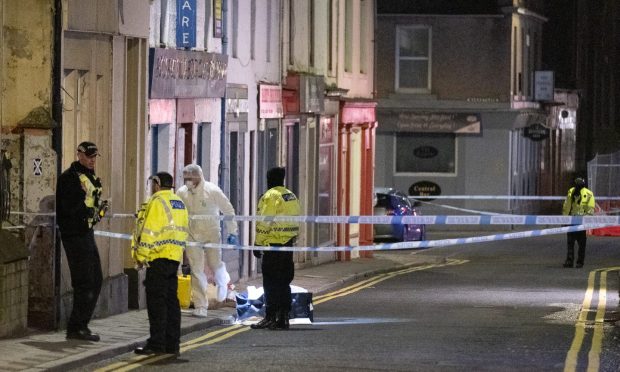Work has started at Montrose Air Station to revive a replica of the highest scoring fighter aircraft of the First World War.
The heritage centre’s Sopwith Camel replica has started to show signs of deterioration and has been moved to the new restoration workshop where it has been stripped back to its frame.
The team intend to restore the aircraft to as near to its original specification as possible, including the building of a new set of wings, a real rotary engine and even real machine guns.
It is hoped the restoration can be completed in time for the centenary of the founding of the Royal Air Force in April next year.
Curator Dan Paton said: “Very few genuine Sopwith Camels have survived.
“A replica of the aircraft is a very appropriate exhibit for the heritage centre, which is the only museum in Scotland where visitors can see what a first world war aircraft looked like.
“Our replica, made by RAF apprentices at St Athan in 1962, looked a bit tired and shabby next to our recently completed BE2 so the decision was complete restoration, a task that has proved more difficult than first thought, but the end result will be a replica that is not just smarter but a much more accurate representation of the real thing.
“We hope to obtain a real rotary engine and even real machine guns but we will not be attempting to fly it.”
Mr Paton said the refurbished replica Camel would become a memorial to the brave men who flew the aircraft “which, more than any other, symbolises the war above the trenches”.
The Sopwith Camel was the most successful and famous British fighter aircraft of the first world war.
It was named Sopwith after the designer Tommy Sopwith and Camel because of the hump in the fuselage in front of the pilot which covers the two Vickers machine guns.
When No2 Squadron left Montrose in their BE2 aircraft to go to war in August 1914 there was no such thing as a fighter plane.
The Camel came into squadron service in France in the autumn of 1917 when the balance of advantage swung back to the British pilots.
Camels became a familiar sight and sound over Angus in 1918.
RFC Montrose had been training pilots and ground crew since 1915 and the practice was to send aircraft that were being withdrawn from front-line service to training squadrons.
Mr Paton said: “Unfortunately the same qualities that made the Camel a successful fighter made it a dangerous aircraft in the hands of inexperienced pilots.
“The result was many accidents.
“Sergeant Mack of the 138th Pursuit Squadron, US Army Airforce, at Montrose in 1918 wrote: ‘There is a crash every day and a funeral every week’.
“A lot of these were Camels – three crashed in the Montrose Basin and their remains must still be there.”
